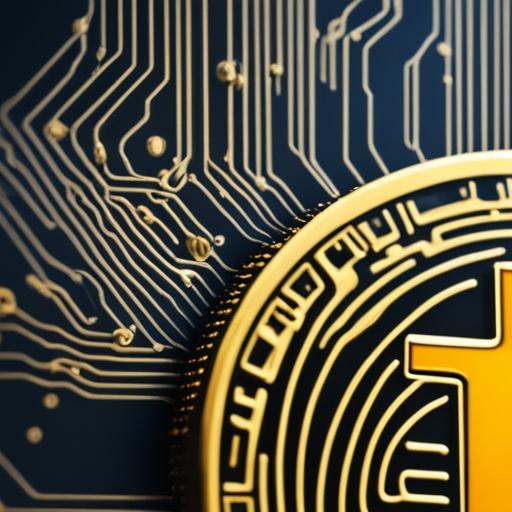Bitcoin, the first cryptocurrency ever created, has come a long way since its inception in 2009. Initially shrouded in mystery and skepticism, Bitcoin has gradually gained recognition and acceptance as a legitimate form of currency. This blog post explores the remarkable journey of Bitcoin and how it was adopted for widespread use.
In the early days, Bitcoin was primarily known within niche communities of tech-savvy individuals and cryptography enthusiasts. The pseudonymous creator, Satoshi Nakamoto, released a whitepaper titled “Bitcoin: A Peer-to-Peer Electronic Cash System” that outlined the core principles and functionalities of this novel digital currency. The exact identity of Nakamoto remains unknown to this day, adding to the mystique and allure surrounding Bitcoin’s origins.
Bitcoin’s adoption faced significant challenges in its early years. Skepticism and doubts regarding its viability as a currency were pervasive. The lack of regulation and the association of Bitcoin with illegal activities, such as online black markets, created a negative perception among the general public. However, the drive for transparency and decentralization, fundamental to Bitcoin’s underlying technology, continued to attract proponents and champions of the digital currency.
The turning point for Bitcoin came in 2010 when Laszlo Hanyecz famously purchased two pizzas for 10,000 bitcoins. This transaction marked the first known real-world purchase using Bitcoin and highlighted its potential as a means of exchange. Despite the seemingly exorbitant cost of those pizzas in hindsight, this event established a precedent for Bitcoin’s use in everyday transactions.
Over the following years, Bitcoin gained traction as an alternative investment asset. Its decentralized nature and limited supply appealed to those seeking a hedge against traditional financial institutions and inflation. The Mt. Gox exchange, once the largest Bitcoin exchange in the world, played a pivotal role in facilitating the buying and selling of Bitcoin, further solidifying its legitimacy.
As Bitcoin continued to gain momentum, entrepreneurs and businesses recognized its potential and started integrating it into their operations. Companies like Shopify, Microsoft, and Overstock began accepting Bitcoin as payment for their products and services, broadening its utility and reach. This adoption by mainstream businesses helped eradicate the perception of Bitcoin as a fringe currency used solely by tech enthusiasts.

In recent years, Bitcoin’s increased accessibility through user-friendly platforms and mobile wallets has further fueled its adoption. Investors began embracing Bitcoin as a store of value and a speculative asset to diversify their investment portfolios. The exponential growth of cryptocurrency exchanges and the emergence of regulated platforms have provided individuals with easier entry points into the Bitcoin market.
Moreover, institutional acceptance of Bitcoin has significantly accelerated its adoption. Traditional financial institutions, like JPMorgan Chase, Fidelity, and Visa, have shown interest in cryptocurrencies and blockchain technology. Major payment processors, such as PayPal and Square, have started supporting Bitcoin transactions, encouraging wider acceptance.
Today, Bitcoin is widely accepted by online retailers, restaurants, hotels, and even some physical stores. Bitcoin ATMs can be found in various cities worldwide, enabling users to convert their bitcoins into cash or make purchases directly with the digital currency. The use of Bitcoin in remittances and cross-border transactions has also gained popularity due to its speed and lower fees compared to traditional methods.
